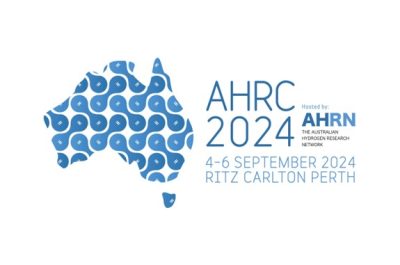Put a cap on it – but what sort of cap?
With the tide out on Victoria’s second wave of COVID, it’s a great time to take stock of its impact on not only electricity demand, but how regulatory cost recovery models could affect electricity and gas network prices.
The choice of ‘control mechanism’ sits at the heart of regulatory decision making and begs the question, should we use a revenue cap or a price cap, and for what reasons?
You can be forgiven for not immediately erupting with joy at the thought of economic regulatory intricacies – as the art of regulation often lies in the detail. But to appreciate the art requires a bit of context and an understanding of why regulation is needed at all.
Why regulation?
One of the important jobs of monopoly regulation is to replicate the forces of competition on businesses where it is most cost effective for one entity to serve all consumers – usually for utilities like gas or water or public transport networks where a duplication of side-by-side infrastructure makes little sense.
The Australian Energy Regulator (AER) uses a building block approach where the ‘prudent and efficient’ cost of the regulated parts of the business are added up (i.e. operating expenses, depreciation, tax etc) to calculate the maximum amount allowed to be recovered from customers – known as the total revenue allowance. This total revenue allowance is set on an ex-ante basis, meaning the AER sets the total revenue that a network business is able to recover before the start of each regulatory control period.
The AER then applies specific incentive schemes, which also encourage energy networks to perform more efficiently without compromising their standard of service. Customers are the beneficiaries of incentive regulation over time because services are provided more efficiently and at lower cost, reducing the strain on hip pockets. Energy Networks Australia’s Rewarding Performance report found improvements made to date by network businesses would deliver more than $6 billion in benefits to consumers.
Setting prices
Turning an overall network revenue allowance into prices is a key challenge. To do this, regulators can choose to employ either a price cap or a revenue cap. Each approach has pros and cons, with different interplay between revenue, demand and prices.
Under a revenue cap the regulator locks in the total revenue allowance that can be accumulated over a regulatory period and adjusts prices each year to ensure the total collected is no more than the allowance determined by the AER. If revenue is under or over-recovered in any year, prices in the following year are adjusted to make up any difference.
Electricity distribution and transmission networks in Australia have their standard control services[i] all regulated under revenue caps. This capping of revenue, coupled with the application of specific incentive schemes, means there is a focus on providing services efficiently without service standards being compromised.
An example of this was during COVID-19 when total electricity consumption in Victoria was down two per cent in April this year while Victorians suffered through lockdown. If actual demand is below the ex-ante forecast demand in any year under a revenue cap, the shortfall in revenue will be recuperated from electricity customers next year. Conversely, when the summer months are hotter than forecast and consumers pump their air conditioners, the increase in electricity consumption above forecast will be returned to consumers through lower prices the following year. These adjustments ensure network businesses only recover the efficient level of expenditure in a regulatory period.
Under a price cap the regulator uses demand forecasts and the revenue requirement to lock in the average price increases allowed at the start of each five-year regulatory period and allows revenue to vary with demand. Each network business is then free to adjust individual prices as long as the average basket of prices does not exceed the allowed price increase. Demand forecasts play an important role because networks take on all demand risk under a price cap – once prices are set, a decrease in demand means a decrease in revenue for the network and vice versa.
Networks under a price cap have an incentive to innovate to drive demand. Price caps are used by Australian gas distribution networks and because gas use is strongly correlated to temperature, price caps deliver price certainty to customers independent of weather patterns.
There are also variations to price and revenue caps, such as revenue yield price caps or a hybrid price cap, but these approaches are much less common.
Which is better?
If the answer was simple, we could all call it job done and just use one type of cap in all situations, but of course it isn’t.
Regulation in practice is much more complex and what is best for one type of network may not always be best for another. Trade-offs are everywhere and the regulator has an important role to play in choosing the type of regulation that best fits all the circumstances.
[i] Standard control services are common network services that are central to electricity supply that consumers share the cost of, such as building and maintaining the network.

